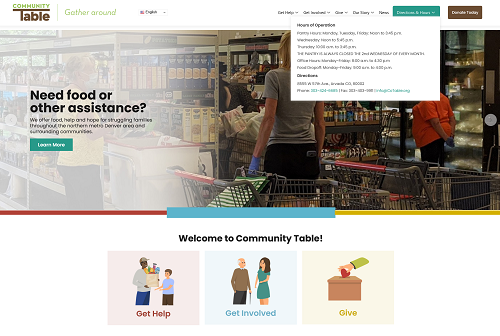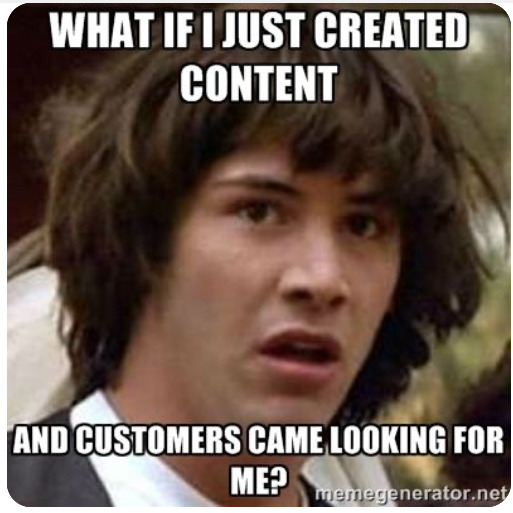EduCyber Launches New Website for Community Table an Arvada, Colorado Non-Profit

Arvada, Colorado, May 5, 2023 – EduCyber, a leading web development firm, is proud to announce the launch of a new website for Community Table, a non-profit organization dedicated to fighting hunger in Jefferson County. The new website, which can be found at www.cotable.org, is designed to enhance the organization’s online presence, improve user experience, […]
Are You Missing A Piece of the Puzzle?

When it comes to digital marketing there are a number of pieces that have to come together all at once for things to really click. And, if you are missing just one piece of the puzzle, like whoever left this piece in our parking lot, you simply won’t be able to get the full picture. […]
You Don’t Really Want SEO

Search Engine Optimization (SEO) is such a big buzzword. At least twice a month I am approached about doing SEO for an existing or potential client. As we begin to delve into their goals though, it often turns out that what they really want is Conversion Rate Optimization (CRO). And it turns out that CRO […]
How to Set Goals for Digital Marketing

You need to set goals for digital marketing early in the process – not after you have created campaigns or begun implementing tactics. You should consider what you are trying to accomplish – what is the desired outcome of your digital marketing. Of course, for most folks, that is either more business or more leads. […]
The Art Of Digital Marketing Is Science

There are a lot of artists out there. They love to create beautiful campaigns that look and feel marvelous. Sometimes you will see a post or part of a campaign that makes you laugh out loud. That too is a good part of the art. A picture is indeed worth a 1000 words and some […]
